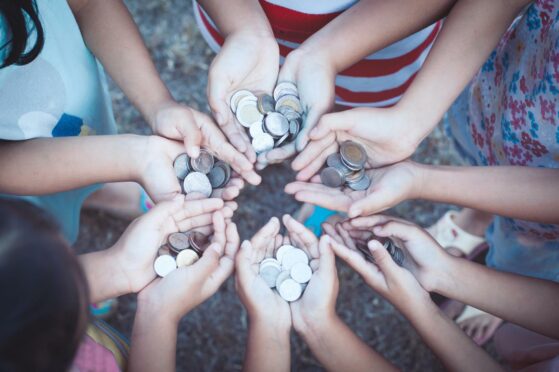We are nearly halfway through what always feels like the longest term in the whole world.
Which means, for many of us, finding something for the kids to do over the February break.
And as these things rarely happen for free, we’ll all be putting our hands in our pockets.
So now would be the time to check if you’re eligible for a bit of tax-free help with childcare, including things like holiday camps.
Here is everything you’ll ever need to know about the government’s tax-free childcare scheme.
What is it?
Tax-Free Childcare is a 20% childcare top-up. Effectively, you save money in an account and the government tops it up.
The money can be used towards the cost of holiday clubs, before and after-school clubs, childminders and nurseries, and other accredited childcare schemes.
More than 18,500 working families used Tax-Free Childcare across Scotland in September 2021 alone. They received a share of £35 million in government top-up payments towards their childcare costs.
Who is eligible?
There are two criteria: The age of the child/ren and the earnings of the parent/s.
All children aged 11 and under are eligible – the scheme applies until September 1 after their 11th birthday.
The child must usually live with you. Adopted children are eligible, but foster children are not.
If your child is disabled you may get up to £4,000 a year until they’re 17.
Effectively, most working parents with an eligible child should be able to apply for tax-free childcare – but there are some restrictions.
You need to expect to be earning at least £1,853.28 – the National Living Wage – for the next three months.
If you have a partner, they’ll need to expect to earn at least this much too.
If you or your partner have an expected ‘adjusted net income’ over £100,000 in the current tax year you will not be eligible.
How much can you get?
You can get up to £500 every three months (or £1,000 if your child is disabled).
So that’s £2,000 a year.
For every £8 deposited into an account, families will receive an additional £2 in government top-up.
The tax-free childcare scheme is per child, not per household, so each child has their own account.
How do you get it?
Accounts can be opened at any time of the year and can be used straight away.
You can check your eligibility, check you’ll be better off, and open an online account on the UK government website.
Just visit www.gov.uk/get-tax-free-childcare to get started.
More Schools & Family news
New head teacher for Rothienorman
The latest on face masks in schools
Covid in schools: Thousands of kids off in the north and north east
